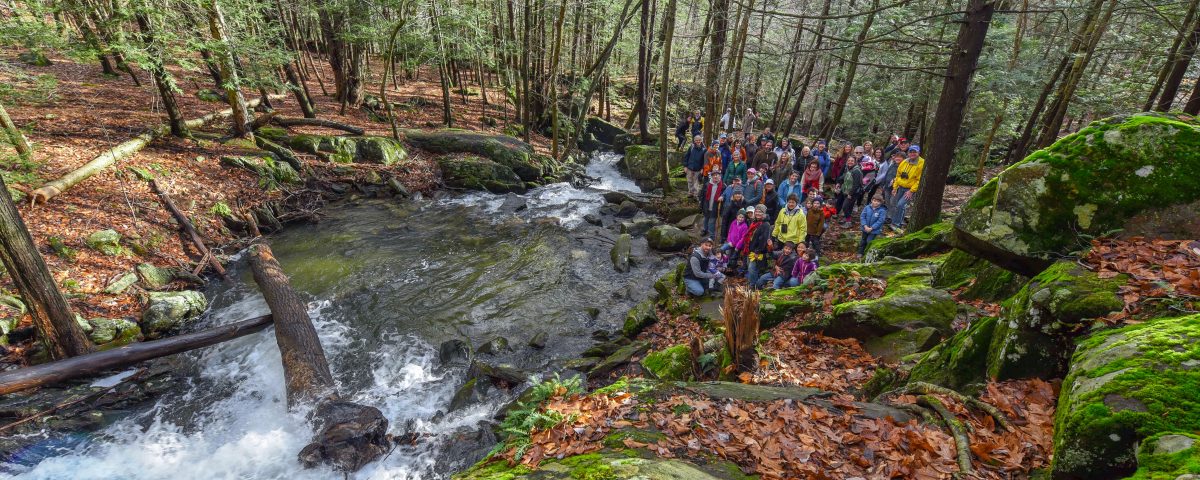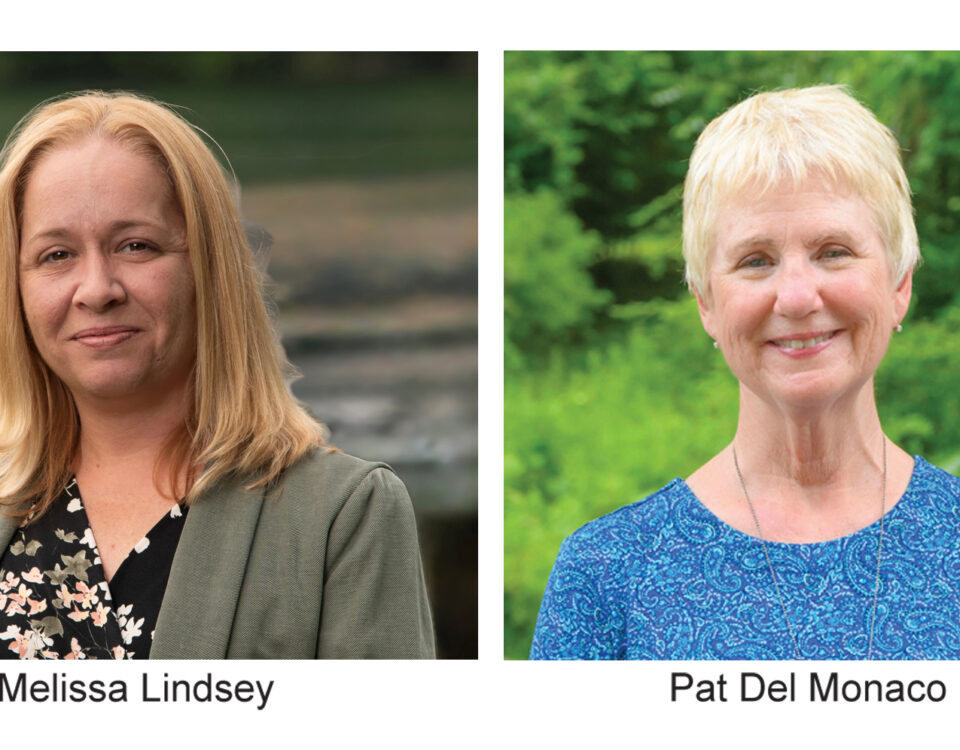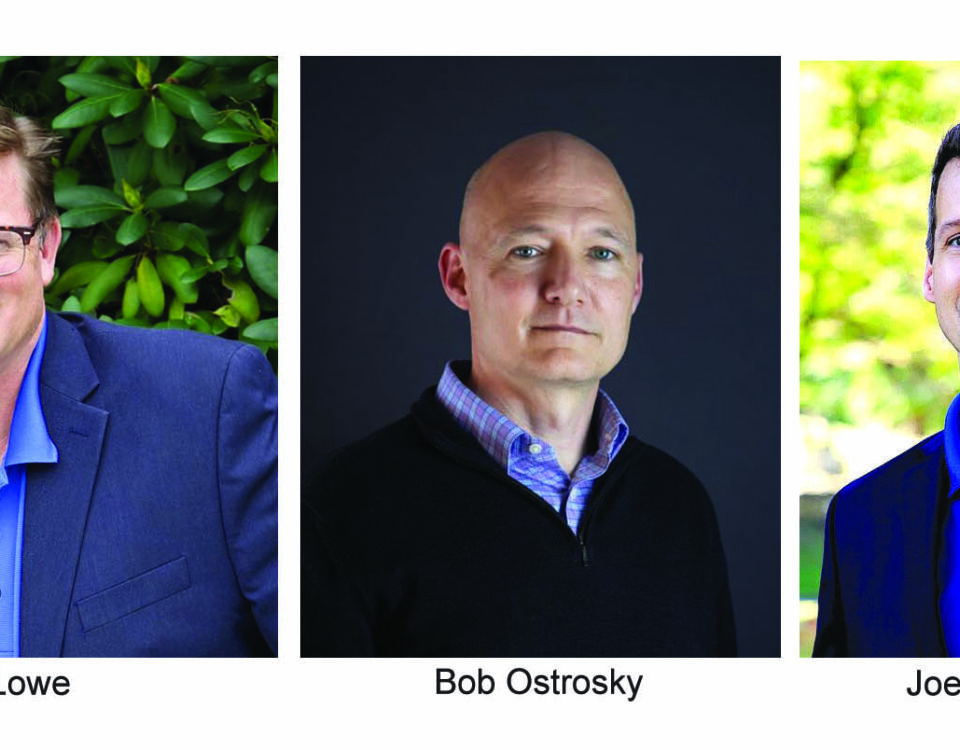NF BOE Updates on AI, Comments on Social Media and Student Performance, and Previews Eduplanet Platform
March 28, 2025NF BOF Stays the Course with Possible Double-Digit Tax Increase Plans; Contemplate Forgoing State Funding; Reject Medical Co-operative Option
March 28, 2025By Sarah Opdahl
Great Hollow Nature Preserve and Ecological Research Center, at Route 37 and Haviland Hollow Road/Route 68, is bustling with activity year-round , but they are entering their peak period now with popular spring events, packed summer camps, the busy fall hiking season, and throughout it all, a massive amount of research to conduct. A non-profit established in 2016, Great Hollow is both beloved by local residents and unknown to many others. To all, Executive Director Chad Seewagen issues a hearty and warm welcome to visit and get involved: come to a fun social offering (think: maple-syrup-making workshop, wine and make-a-wreath night), take part in their annual juried art show, or simply hike the trail up to the falls.
Reflecting on their nine years on the property, following a purchase from the YMCA, Seewagen feels more tied to the history of the location than ever. Staff have heard many tales of the Merritt Family, who farmed the land until the 1960s, giving presence to its varied past. In addition, many visitors reference memories of the YMCA’s Great Hollow Wilderness School and have regaled them with fun memories of the property. The executive director loves “how broad and encompassing it [the mission] is, so every day at work is different. One minute we’re planning summer camp curricula and handling all the administrative tasks associated with running a small non-profit, the next minute we’re in the woods collecting data for some research project or another and mentoring students involved in that research, and the next minute I’m writing a manuscript on our research or lecturing at a university or professional conference.”
With research at the center of what Great Hollow does, Seewagen pointed out, “Most people probably think all we do is maintain the property and run kids’ programs here but a lot of our work takes place elsewhere…often done beyond our property and in collaboration with universities, agencies, and other NGOs.” The research topics—the most recent of which was shared in their 2024 annual report—vary from the threat of climate change to birds that are specially adapted to high-elevation ecosystems and the installation of a new, permanent acoustic bat monitoring station to recording data on wood turtle habitat characteristics and in-depth invasive plant studies. In 2025, Great Hollow is working with external agencies and universities to robustly study a possible method for creating a better habitat for New England cottontail rabbits, which are experiencing a steep decline. The annual report explains, “some promising evidence suggests that mimicking later successional stage shrublands and young forests by partially thinning mature forests to about 50 percent canopy closure and leaving the tree crowns on the ground as a surrogate for dense understory habitat is highly effective, but this has not been tested on a large enough scale.” The widespread testing, which is slated to last at least three years, will also track before-and-after changes in insect, bird, and bat communities, “because many other types of wildlife have potential to benefit as well.” Right now there are four full-time staff members on site and several seasonal staff in the summer, including research interns and camp counselors, with housing provided for a full-time staff member and the interns. Seewagen explained that a capital goal is “to raise funds to renovate a dilapidated cottage that is on our property, on the east side of Route 37, north of the main campus…Having more housing would allow us to increase our staff and save money in the long run by reducing salaries in exchange for a free place to live. So it is one of our strategies for future growth. We will need to raise at least $100,000 to make the necessary repairs on that house, but that would pay for itself in less than 10 years.”
Privately funded, Great Hollow receives no operations funding from the town or the state and is solely funded by program revenue, grants, donations, and memberships. Joining as a member has a variety of benefits, including knowing the funds are helping them to offer “environmental education and conservation science programs, provide paid internships and grant opportunities for students, maintain the preserve’s hiking trails and facilities, manage 825 acres of habitat for wildlife, and host a wide variety of free events for the public throughout the year,” Seewagen explained. In addition, members receive discounts for special events and summer camp registration, which goes a long way. The public, of course, “gets to use our property for free and becoming a member is a nice way to give back,” Seewagen supposed, explaining that maintenance alone of their peaceful, lovely trails comes at a high cost, not to mention staff salary and benefits costs. “Operating Great Hollow at our current size and scope costs upwards of $400,000 per year,” Seewagen shared, “If people use Great Hollow and find it to be a valuable resource for the town, becoming a member is a great way to help keep it going.” Though they do not track foot traffic numbers, visitors—including frequent dog walkers (the dogs must be leashed), trail runners, and hikers—began climbing in the pandemic and have never decreased, whi ch is a welcome fact for Great Hollow staff.
Events are offered more frequently in the spring, fall, and winter, while summer is all about camp. They have a wide range of programs for all ages, including educational options that are often related to nature and conservation, such as Seed Starting, Turkey Talk and Owl Prowl, Apple Cider-Pressing, and Wild Foraging Workshops. There are also crafting and art programs, from kids’ drop-in craft days to Plein Air Art Days. Live music on the lawn in the summer and jazz nights in the fall tend to draw residents in, as well as the aforementioned annual juried art show, featuring acclaimed artists from several states.
The summer camp at Great Hollow is robust and Seewagen explained, “What sets us apart from other nature camps is our approach to exploring science and nature through hands-on activities in a structured setting. Our days are divided into predictable schedules which allows kids to easily transition from one activity to the next. We also build in time throughout the day for self-directed play across all age groups.” He contemplated that kids need consistent routines and summer is often a time whe n routines are lost. To keep on their game, each year Great Hollow staff spend months analyzing “activities from the previous summer to see what worked, what didn’t, and what can be improved upon.” Each week is themed and they giv e the topics a whirl each year, while keeping favorites in the mix, such as Survival Week and STEAM. New themes like Buggin’ Out and Nature Rocks are added to help the camp remain fresh for returning campers. “Two-thirds of the children registered for this summer are returning campers. Additionally four of our campers who aged out last year are returning as counselors-in-training this year. We feel these numbers are a testament to the quality of our program. We strive to make learning fun, and I think our camp does an excellent job at that.” For any interested families, an early-bird offer is on the table for camp registration until April 1!
Seewagen is proud of Great Hollow’s accompaniments and sees “a tremendous opportunity to grow Great Hollow’s capacity for environmental education as well as research.” While the summer camp and other education programs are well-known and acclaimed among local families, “research output has gained growing recognition within the scientific and conservation communities throughout the Northeast. We have become a respected organization for bona fide academic research in very little time and we have a great opportunity to continue expanding that. There are not many other organizations like us in Connecticut or New York,” he reflected.
A challenge for Great Hollow will be in expanding their scope relative to the capacity of their facilities. “We have outgrown the historic houses and barns that we repurposed into offices and program spaces. For example, we have to cap weekly summer camp enrollment at 24 campers because we do not have the physical space to take on more. As such, most weeks sell out and have a waiting list. So one of our biggest challenges will be to raise the funds for a new building on the campus that is properly designed to meet our needs for classroom space, public bathrooms, office space, etc.” and he has great hope for more involvement from the public to aid in furthering their goals, whether it is in the form of philanthropic donations, memberships, or signing up for programs. There are also plenty of opportunities for local scouts, a Great Hollow Photographers Club, you can adopt a bird of prey, and there is an option to throw a birthday on site. If you are interested in volunteering with day-to-day operations, contact Seewagen at cseewagen@greathollow.org.
Once awareness grows, “There’s really something for everyone,” Seewagen said, going on to say “We encourage people to sign up to receive our email newsletters, which we use to announce upcoming events and send out very sparingly so we are not bombarding people with email.” Sign up for their newsletter, read up on all research in their annual report, register for camp and other programs, discover all of the ways to get involved, and more at Greathollow.org.



